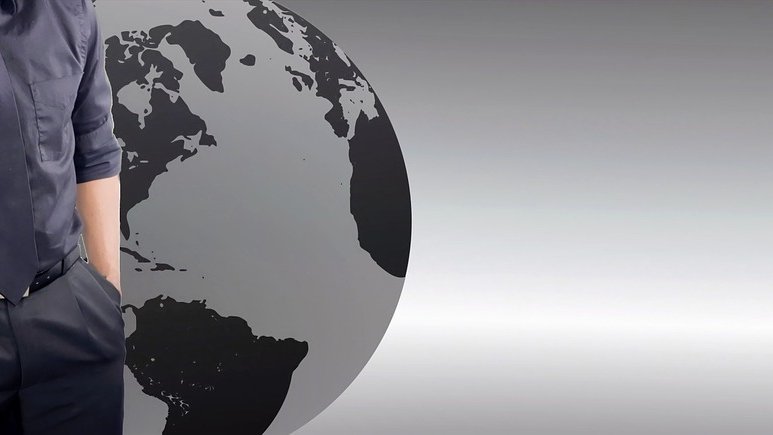
Looking to tap into the world of thrifting and turn it into a profitable side business? You've landed at the right place. In this guide, we will walk you through the steps to start a successful thrifting business, offering tips on sourcing, pricing, selling, and managing your operations. Let's dive in.
Step 1: Research and Planning
One of the most important steps to start a thrifting business is thorough research and planning. Understand the market, identify your target customers, and study your competitors. Also, determine what type of thrift items you want to sell and where you can source them.
Step 2: Sourcing Inventory
Consider these sources to find thrift items to sell:
-
Thrift Stores: The bread and butter of your inventory, thrift stores are filled with potentially profitable items. Regular visits will help you establish relationships and get the best deals.
-
Garage Sales: Garage sales can be a great place to find hidden gems at rock-bottom prices.
-
Online Marketplaces: Sites like eBay or Craigslist often have bulk lots for sale.
-
Estate Sales: These can be a goldmine for high-quality, unique pieces.
Step 3: Pricing Your Items
Pricing your thrift finds can be tricky. You need to consider how much you paid for the item, its condition, and how much similar items are selling for. Some thrifters use a pricing guide or pricing software for help.
Step 4: Selling Your Items
Here are several platforms where you can sell your thrift items:
Step 5: Marketing Your Business
Effective marketing is crucial for the success of your thrifting business. Use social media, email marketing, SEO, and other methods to increase your visibility and attract customers.
Step 6: Managing Your Business
Keep track of your inventory, sales, and expenses. Use tools and software to help with this, and don't forget to consider the legal and tax implications of running a business.
Step 7: Growing Your Business
Once your thrifting business is up and running, consider ways to grow and expand. This could include sourcing more or different items, expanding to additional selling platforms, or even opening your own physical store.
Starting a thrifting side business can be a rewarding and profitable venture. With the right strategies and dedication, you can turn your love for thrifting into a successful side business.











